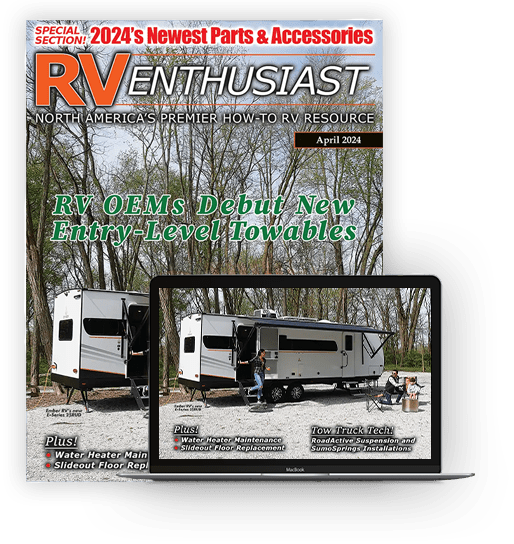Tow-Link Lube Job
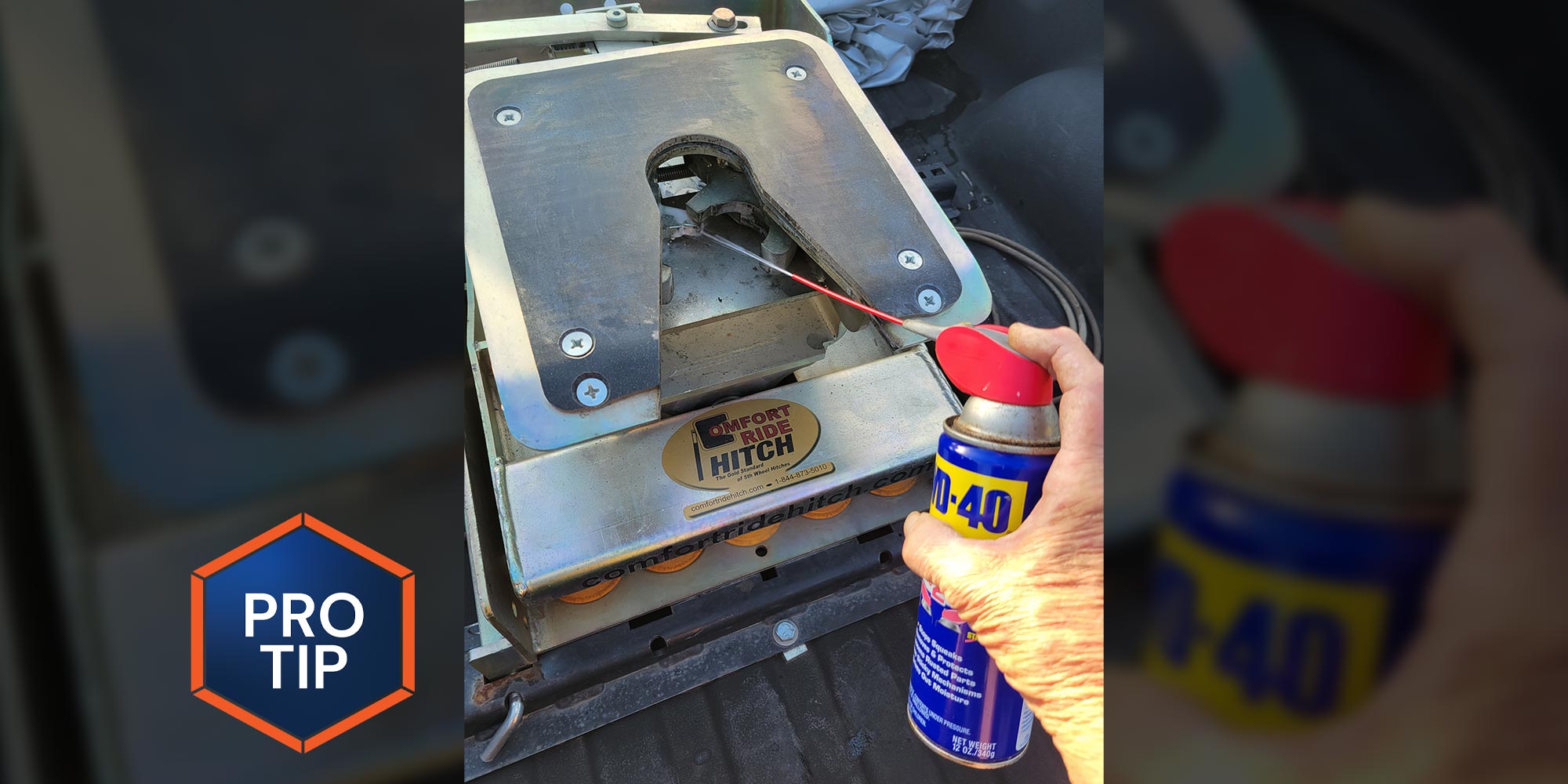
Getting back on the road is exciting — or it should be. The anticipation of finally rolling down the highway is only outdone when driving up the onramp with your favorite tunes surrounding the cockpit, whether it be a tow vehicle or motorhome. If you’ve planned properly and made sure the RV is roadworthy, however, you’ll likely experience an adventure with little trepidation. Simply hoping that everything will work via osmosis can get you in big trouble.
Oddly enough, many RVers are fastidious in checking over their RV — but tend to neglect their hitch or tow bar. It’s easy to take the connection point between the tow vehicle and trailer or motorhome and dinghy for granted, but moving metal parts must be lubricated properly to maintain safety and longevity. Here are a few reminders before heading out and expecting that all-too-important vehicle link to “just work like it’s supposed to.”
- If you have a weight-distributing hitch, check for wear on the pressure points (spring bar tips) and lubricate moving parts in compliance with the manufacturer’s recommendations. Follow the instructions carefully since some hitch manufacturers require no or little lubrication. In all cases, this is one area where more is not always better.
- Carefully inspect the jaws and all the working parts in the saddle of the fifth wheel hitch (if so equipped) to make sure that they are clear of dirt and debris, which can lead to abnormal wear.
- Know that if you don’t want to frequently inspect your fifth wheel hitch head from wear between the hitch head and kingpin box (the “skid plate”), an easy alternative is to acquire a lube plate. CURT Mfg.’s 10-inch-diameter fifth wheel hitch lube plate (#16721, $11.80 at Amazon), for example, is said to be compatible with any standard fifth wheel kingpin. Similar products are available from Reese, Eaz-Lift, Camco, Husky and others.
- Tow bars also require maintenance and they do wear out, so before you head out, hook up the dinghy vehicle for a dry run to make sure there are no obvious lose parts and a bunch of clunking sounds. It’s hard to hear or see anything from the cockpit of a motorhome, so for this dry run, ask your partner or someone else to move the motorhome forward while you watch and listen for issues. Tow bar arms that do not move freely could be bent, for example, and should be repaired before heading out on the road.
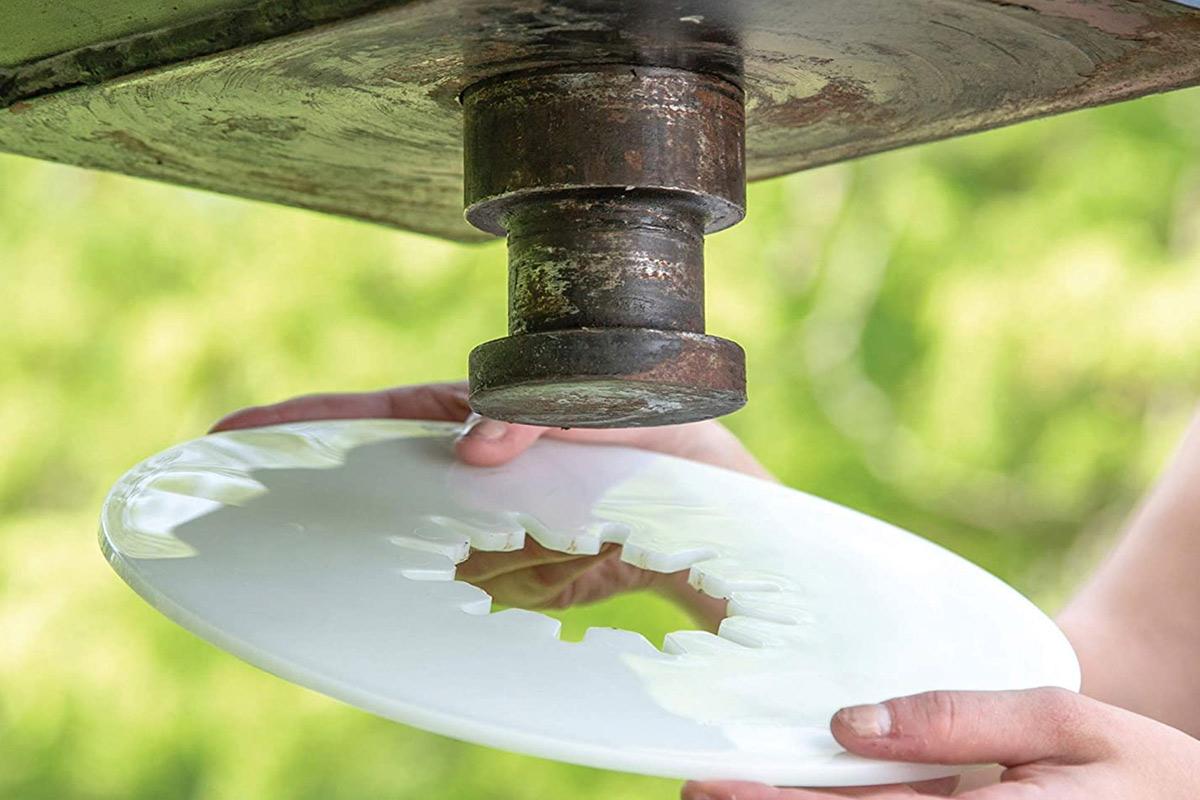
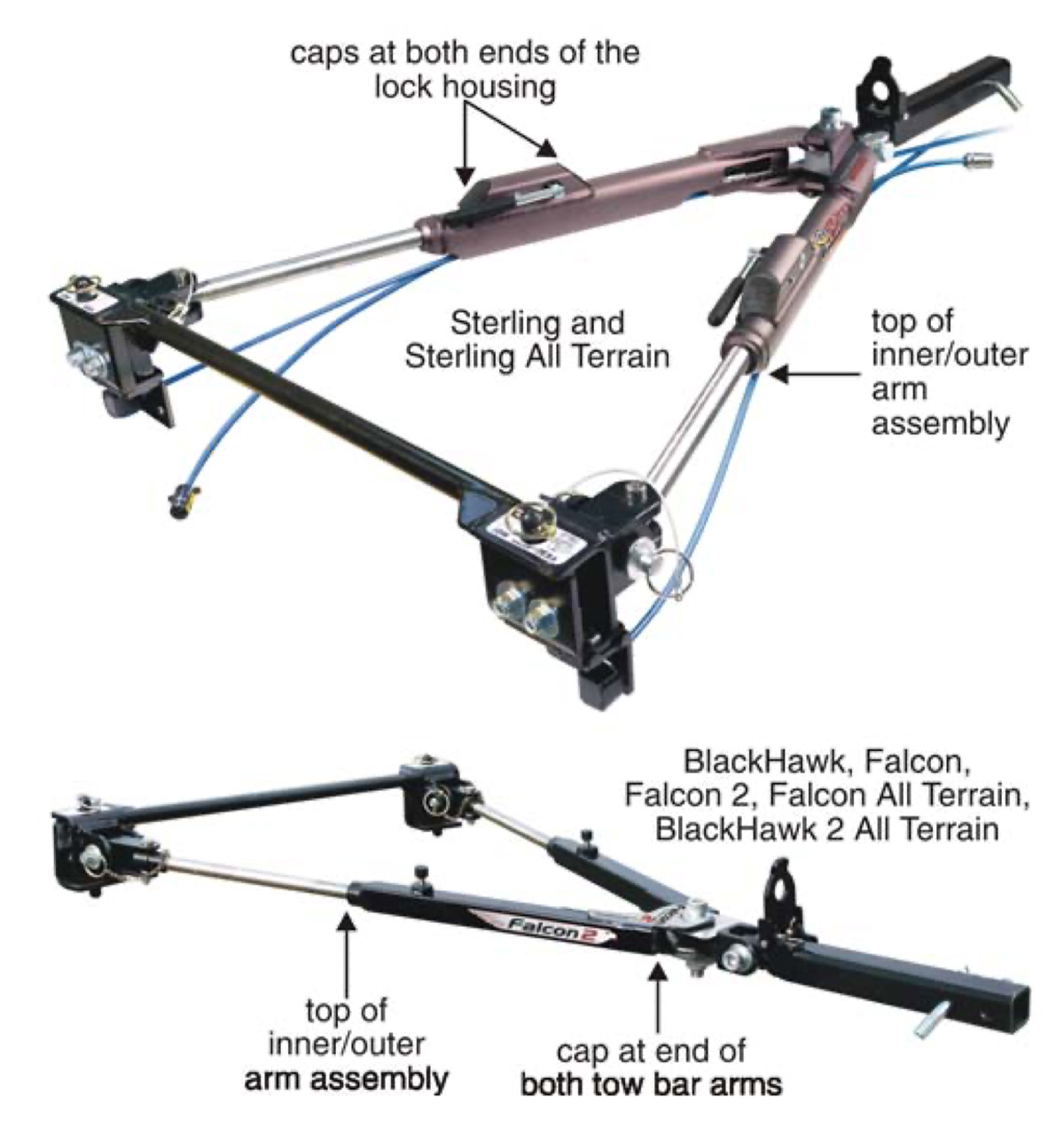
While lubricating a tow bar will differ slightly between models due to different components (read the “care and cleaning” section in your owner’s manual for specific information), they should all be cleaned first with a water-soluble cleaner. Never use petroleum-based products for lubrication, which attract dirt and dust (and may even corrode bushings). Instead, use a dry silicone aerosol (Roadmaster, for example, recommends Voom RV Cleaner to remove the dirt and LubeMaster to lubricate) for all moving parts. Once it’s dry, actuate the tow-bar components to work the lubricant in. Just be sure the mechanism is completely dry before the lube job.
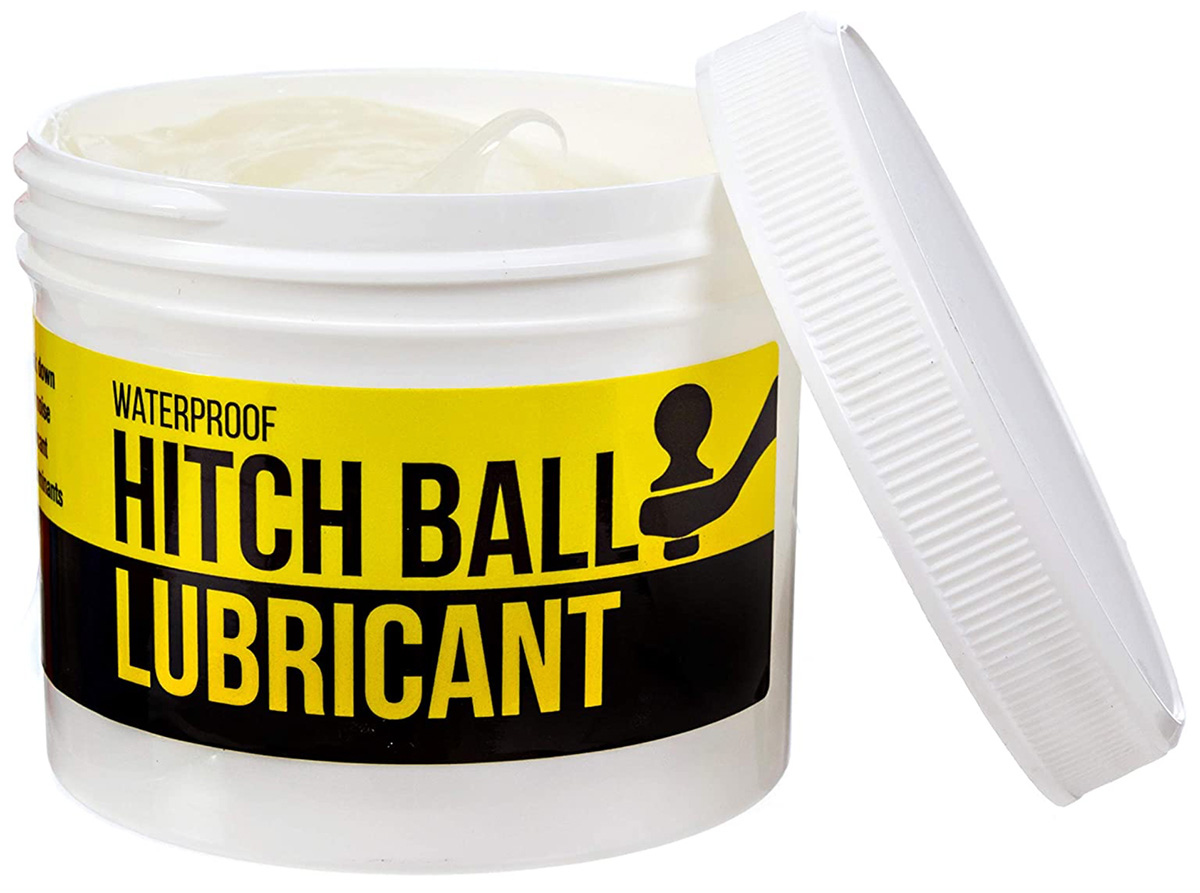
Know, however, that all the lubrication in the world will not fix broken parts. Most tow bar manufacturers are happy to assist with repairs, so if you suspect something is not right, reach out to their technicians for assistance in correcting problems. All the tow bar manufacturers offer programs for rebuilding their products.
By the way: while it’s not required, hitch manufacturers do recommend greasing the hitch ball to help maintain its integrity.
While in “lubrication mode,” here’s a bonus tip: There are other places where reducing friction will help keep things moving smoothly — and lasting longer. For example, the entry step. Lubricate your step, whether it’s a manual pull-out model on a trailer or a fifth wheel or an automatic electric step integrated into a Class A motorhome. A light oil works well — one of our favorites is Tri-Flow Superior Lubricant with PTFE. This goes on lightly, dries almost completely, removes dirt and corrosion and stays in place for a long period of time. The drip bottle has a plastic straw that allows the user to direct the lubricant with control. Lubricate every joint and work the step in and out several times. Then, do it again and allow the lubricated points to dry. Tri-Flow Superior Lubricant is sold on Amazon and is available at hardware stores and Walmart.
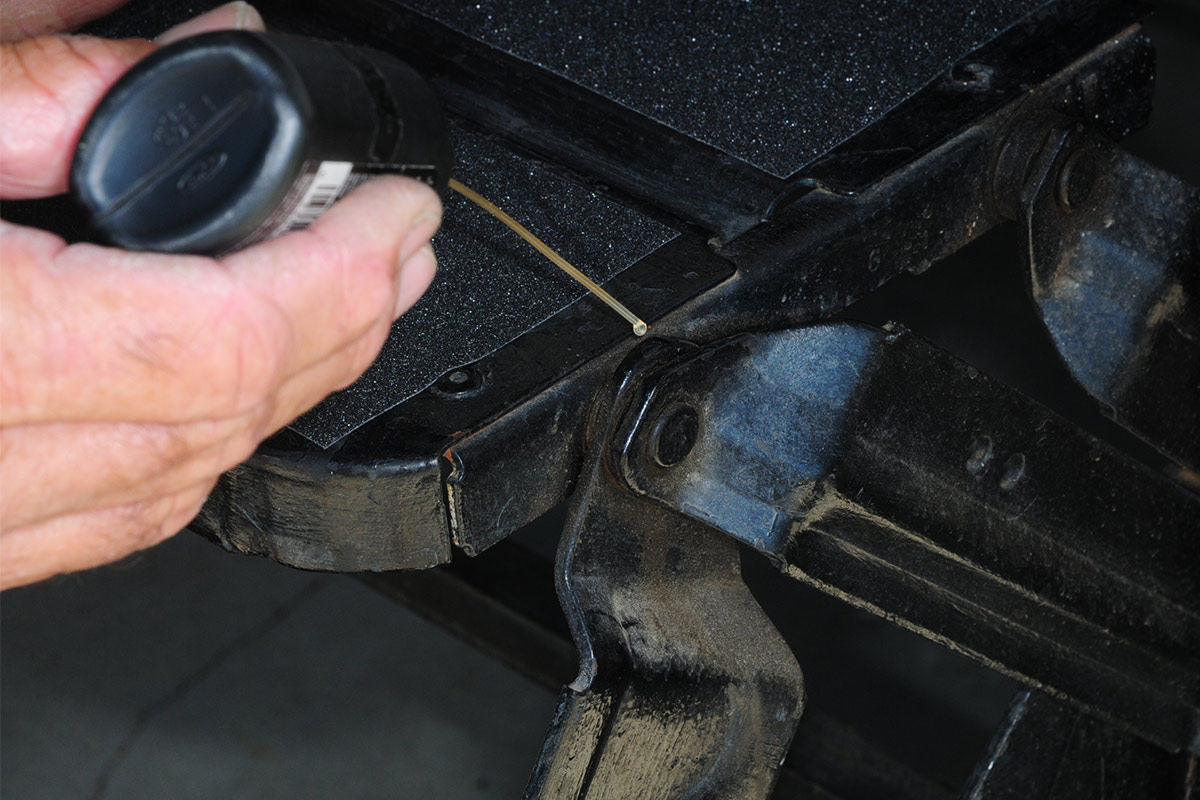
Already a Subscriber? Click here for Access to the Full Issues.

